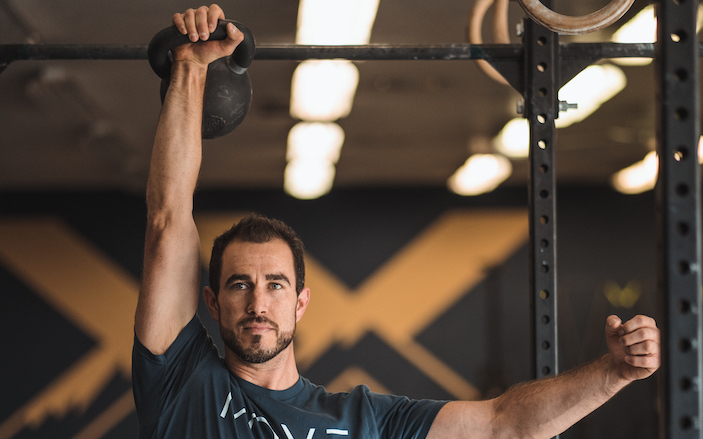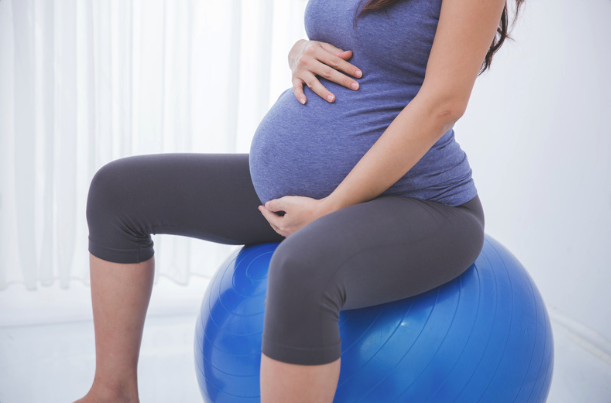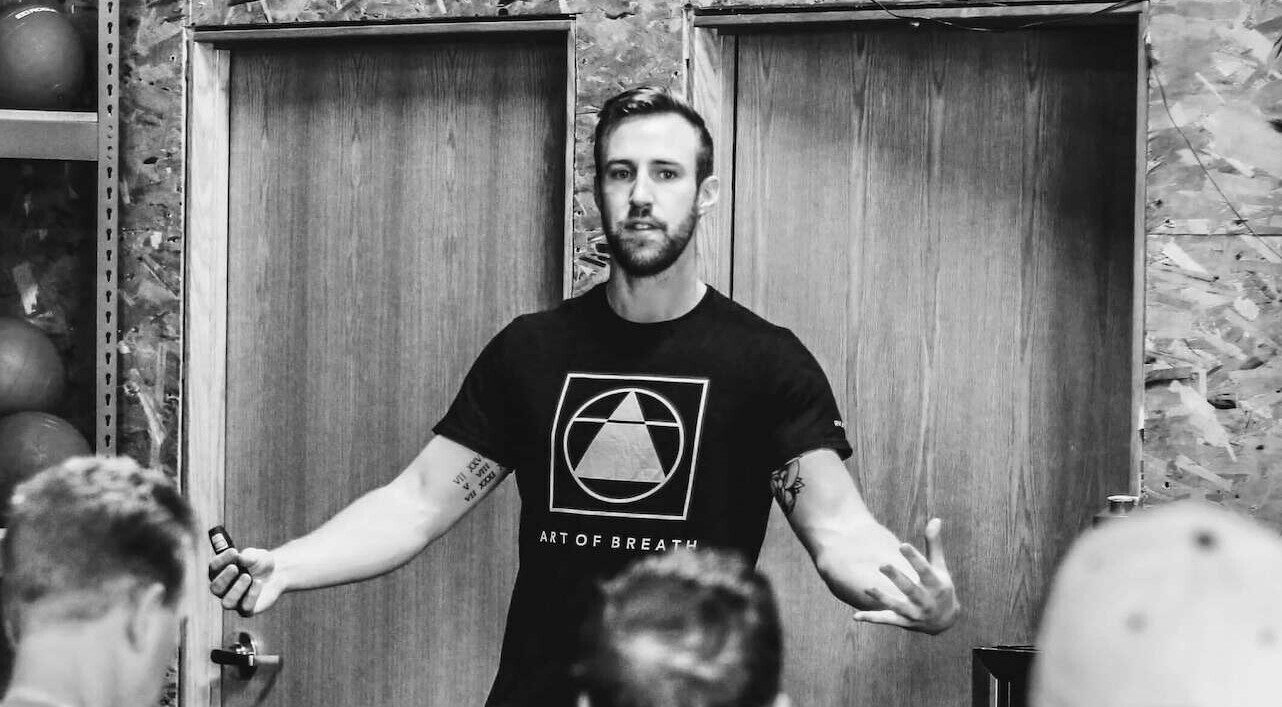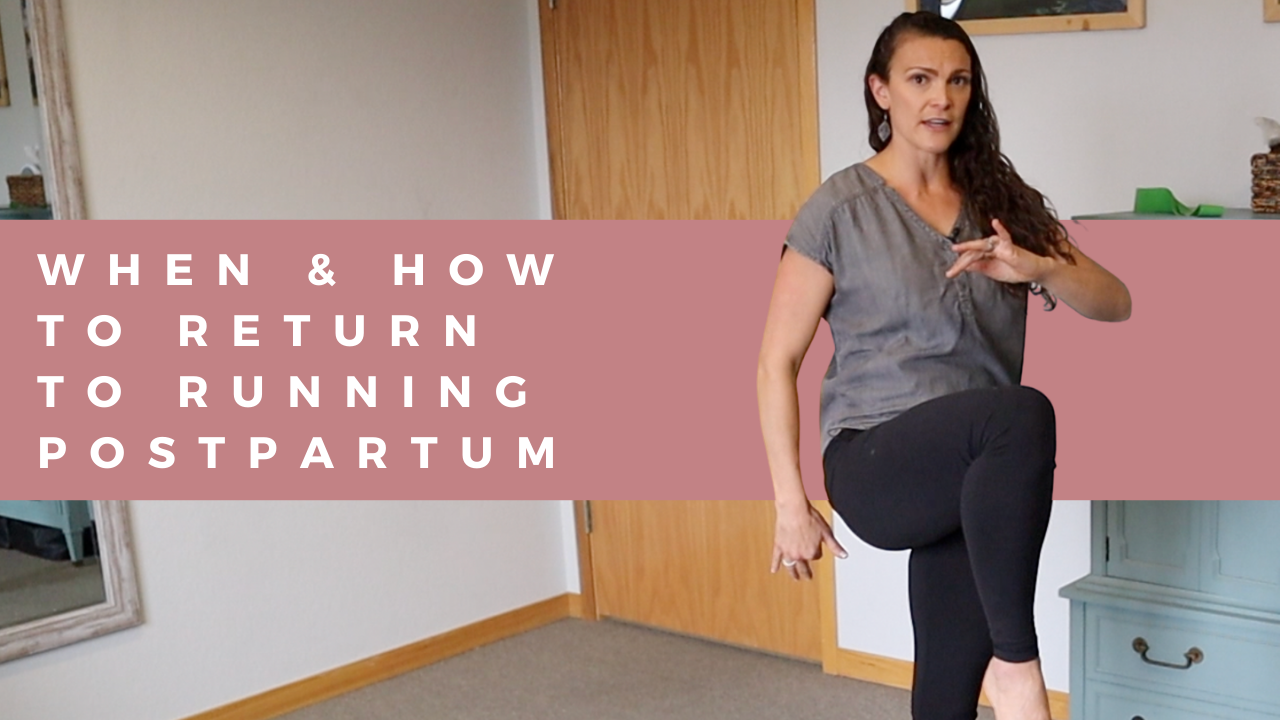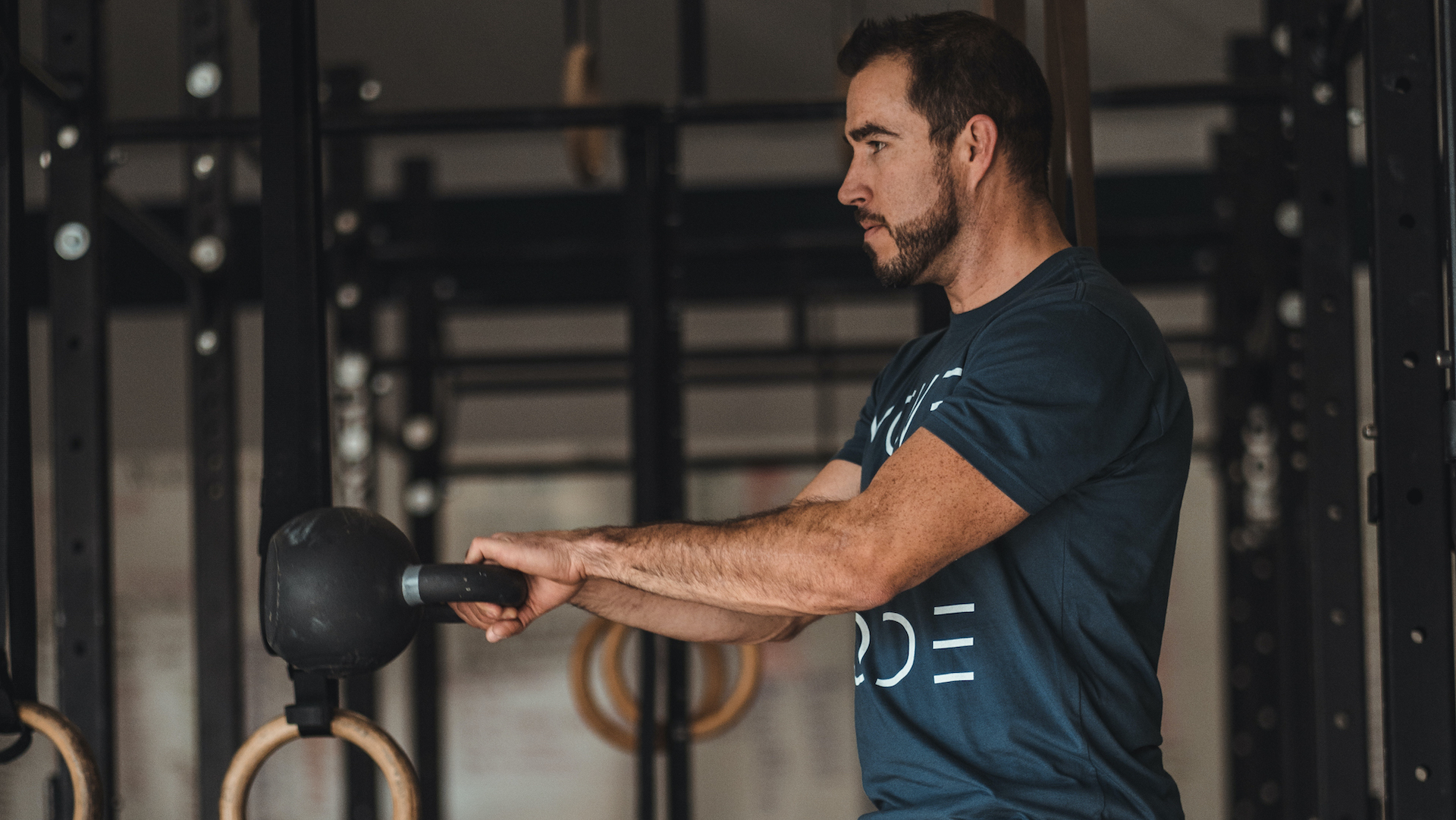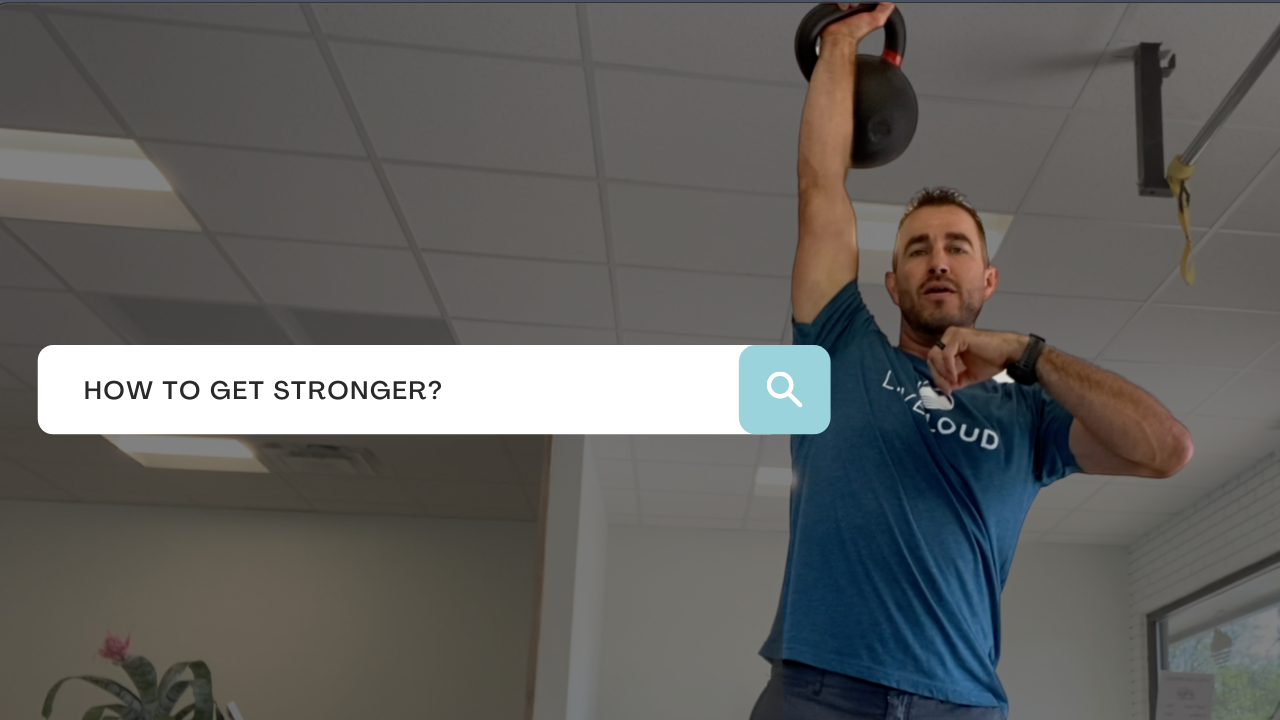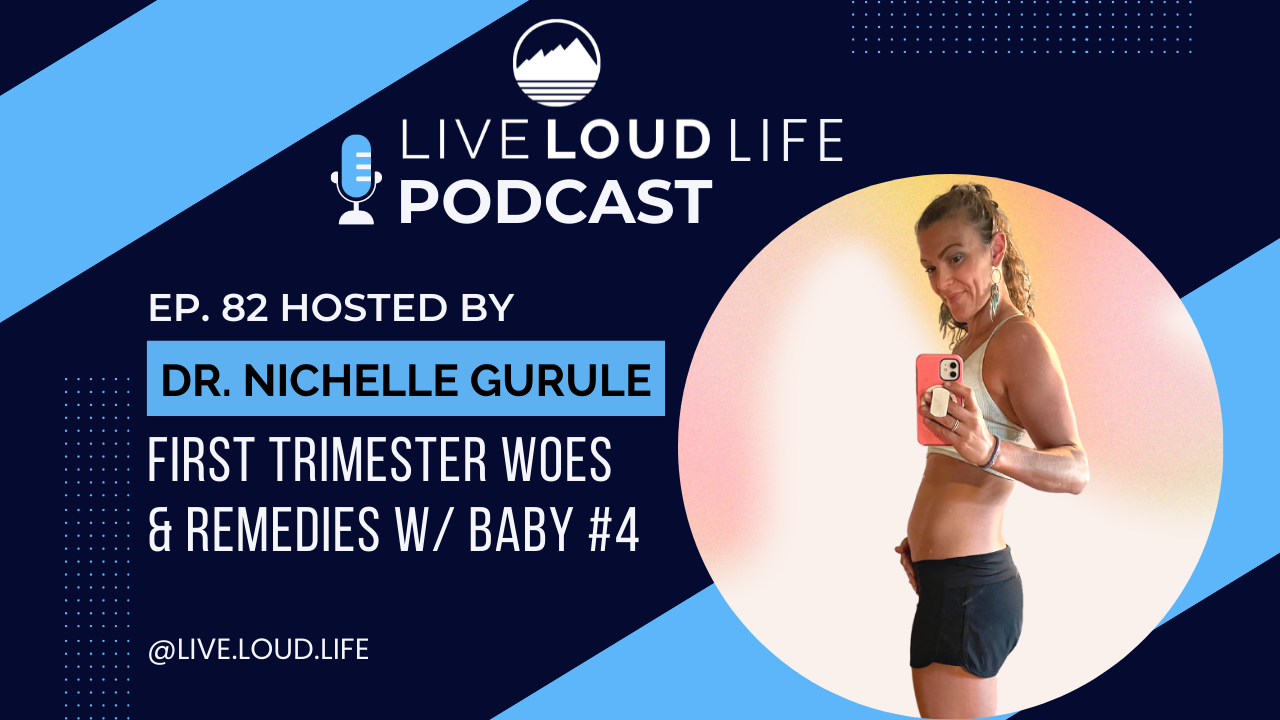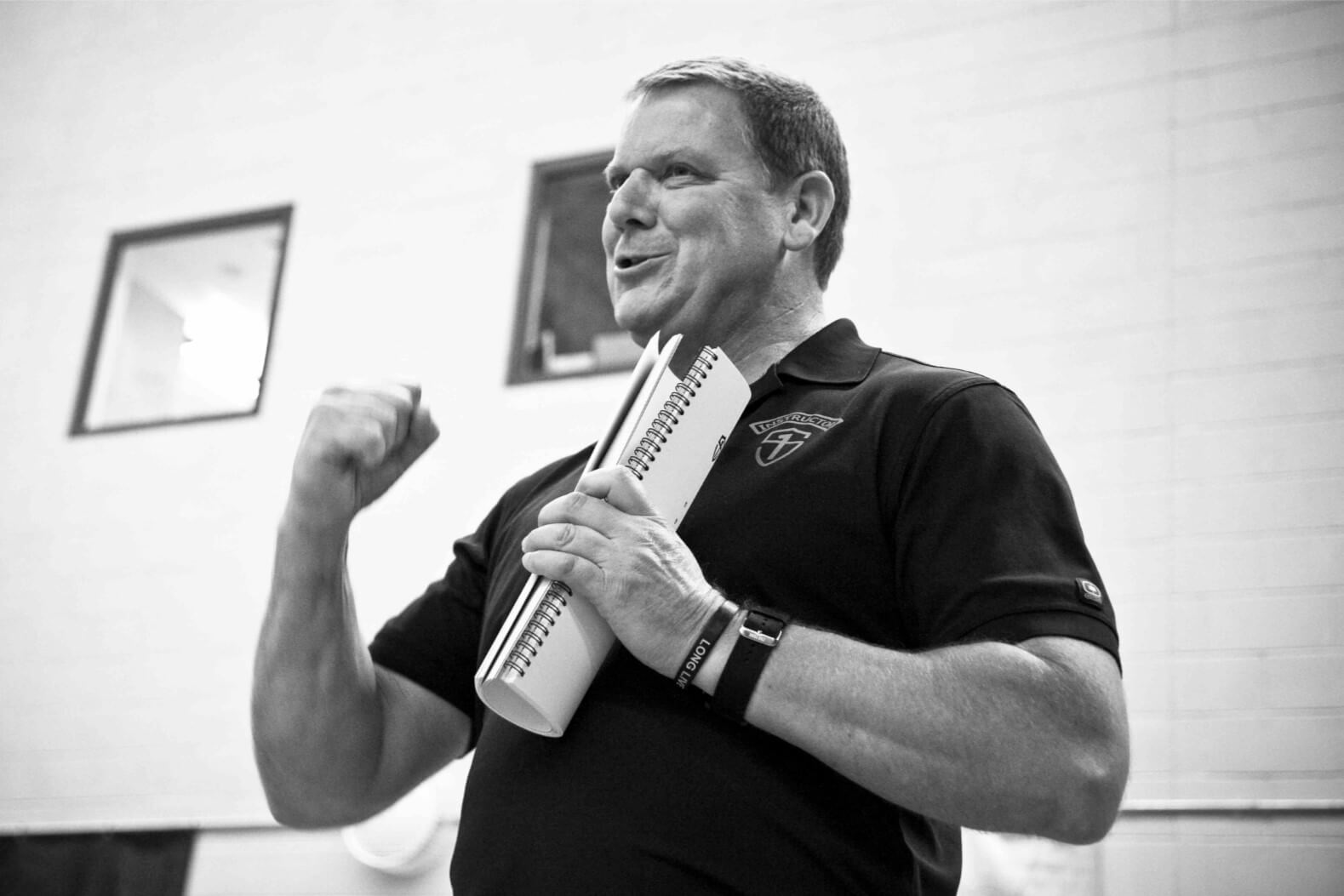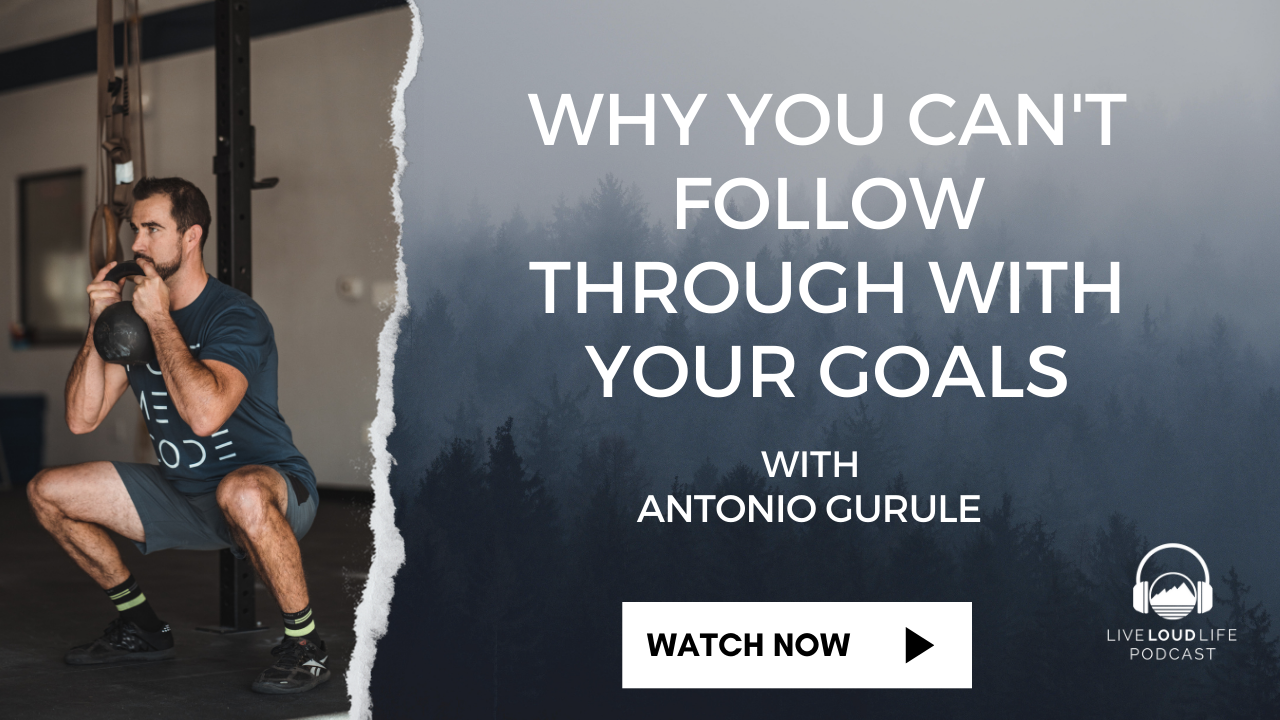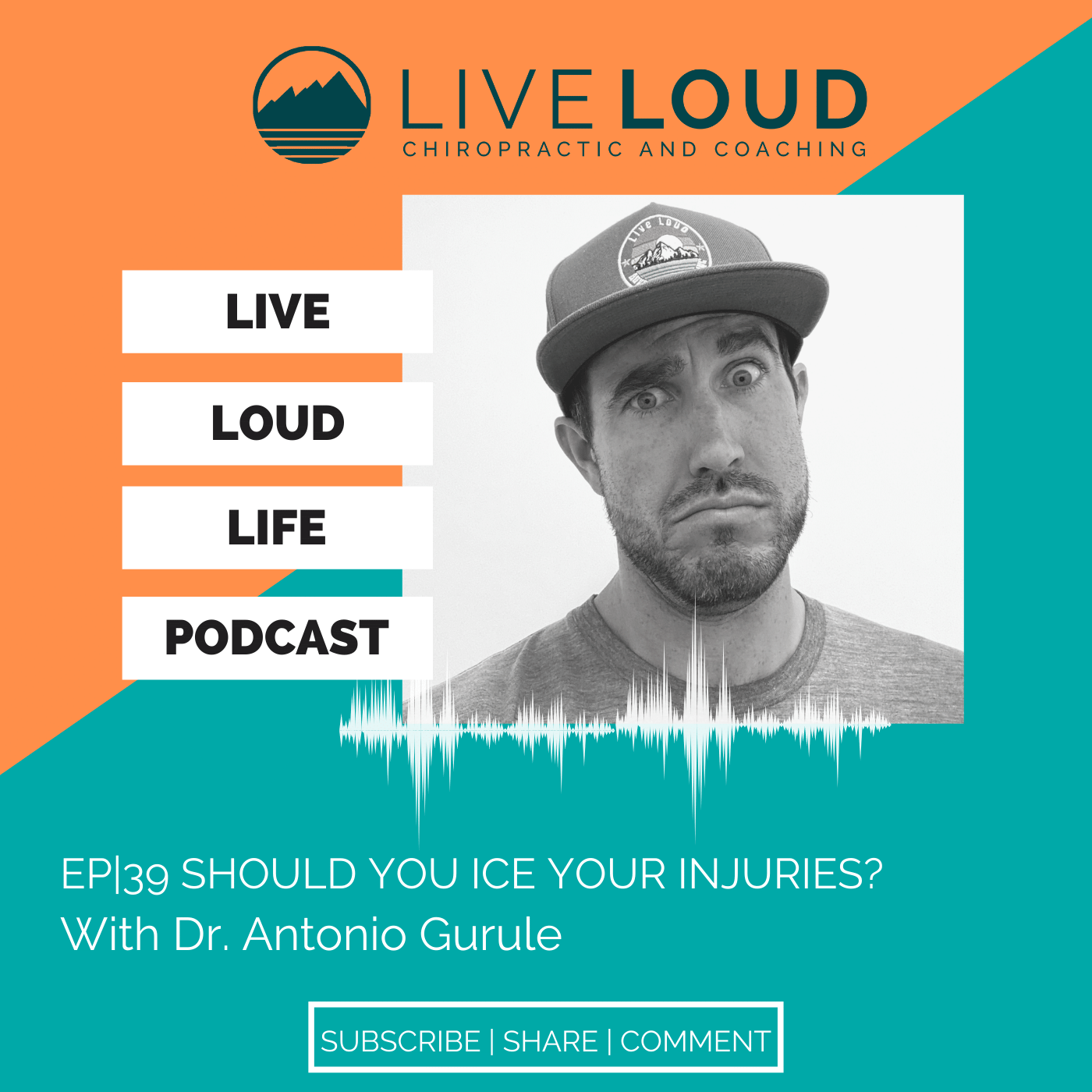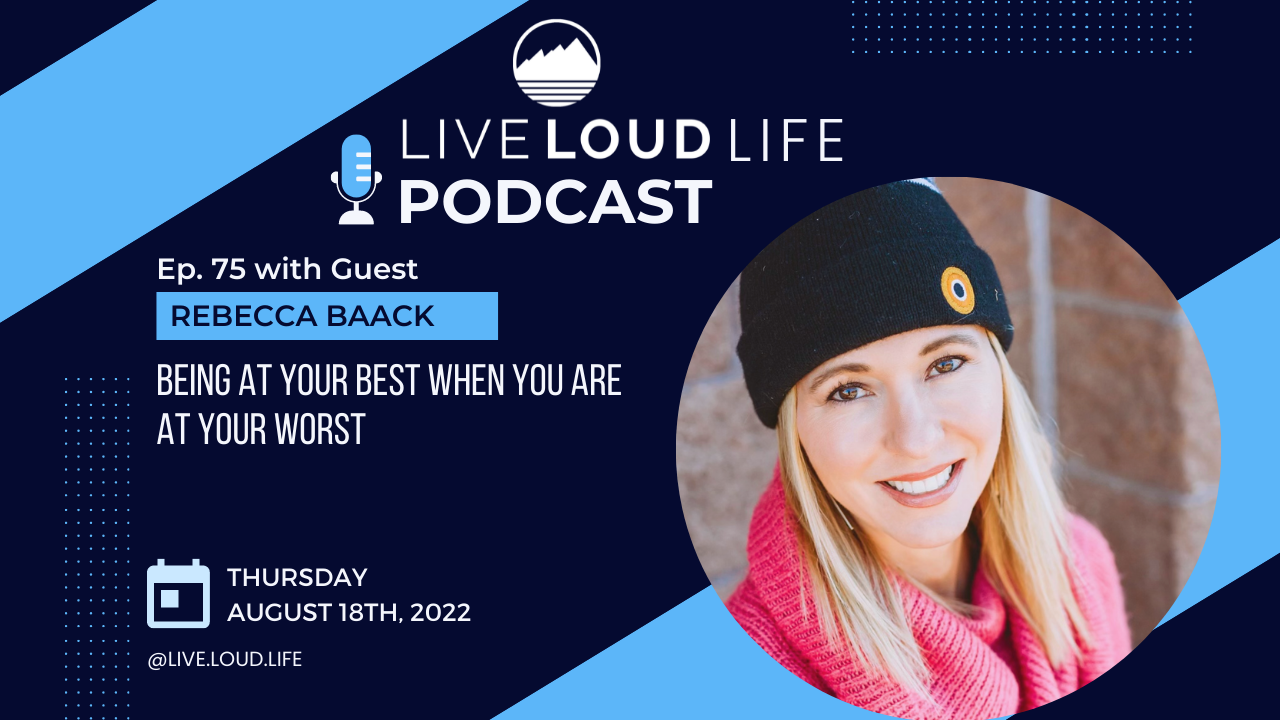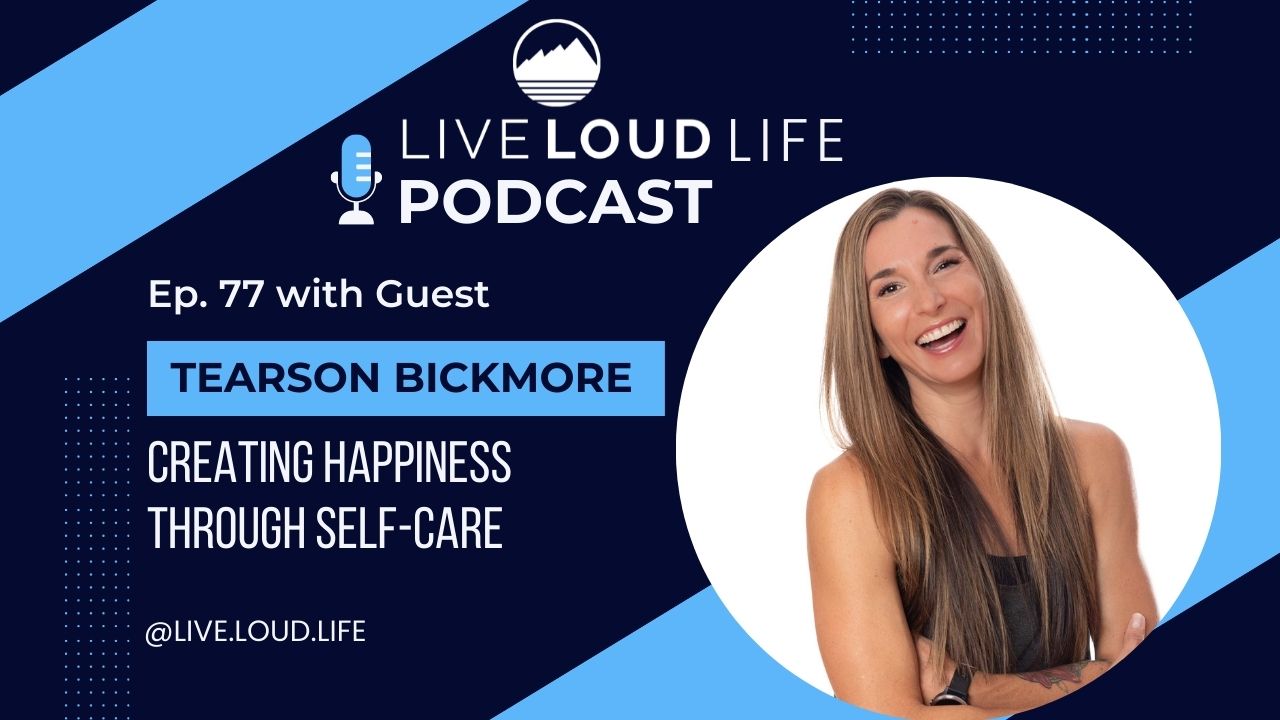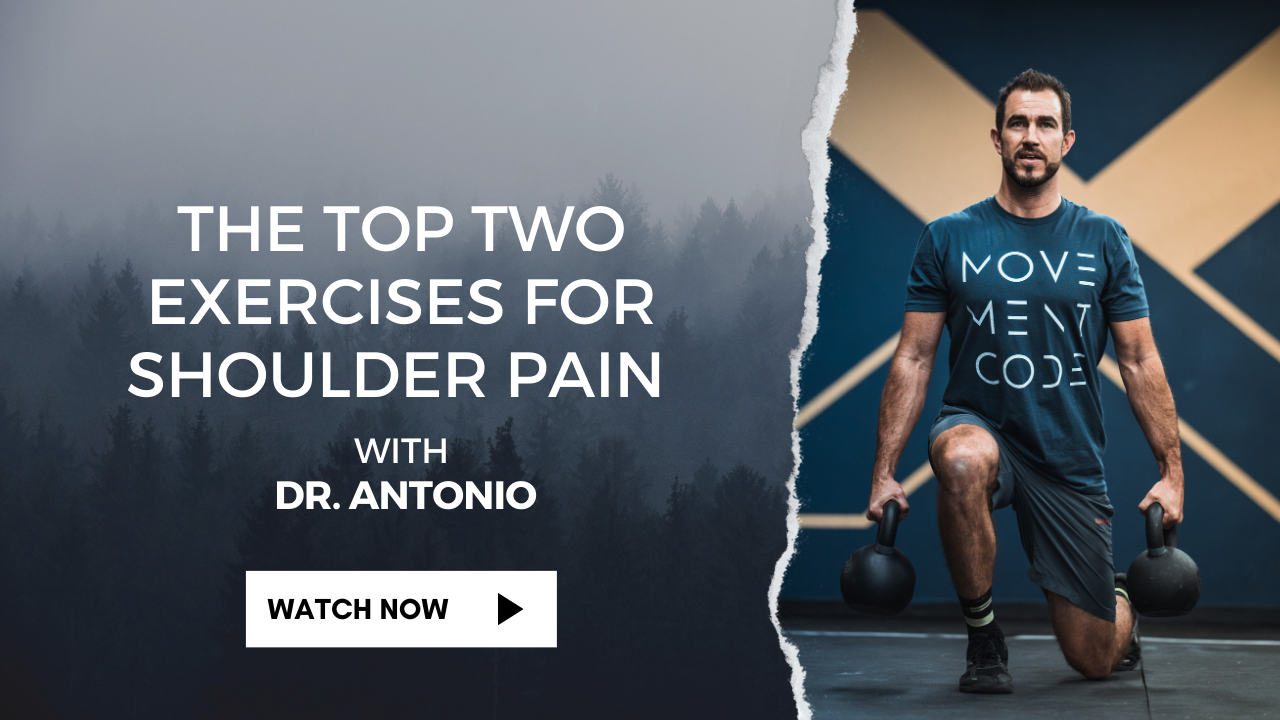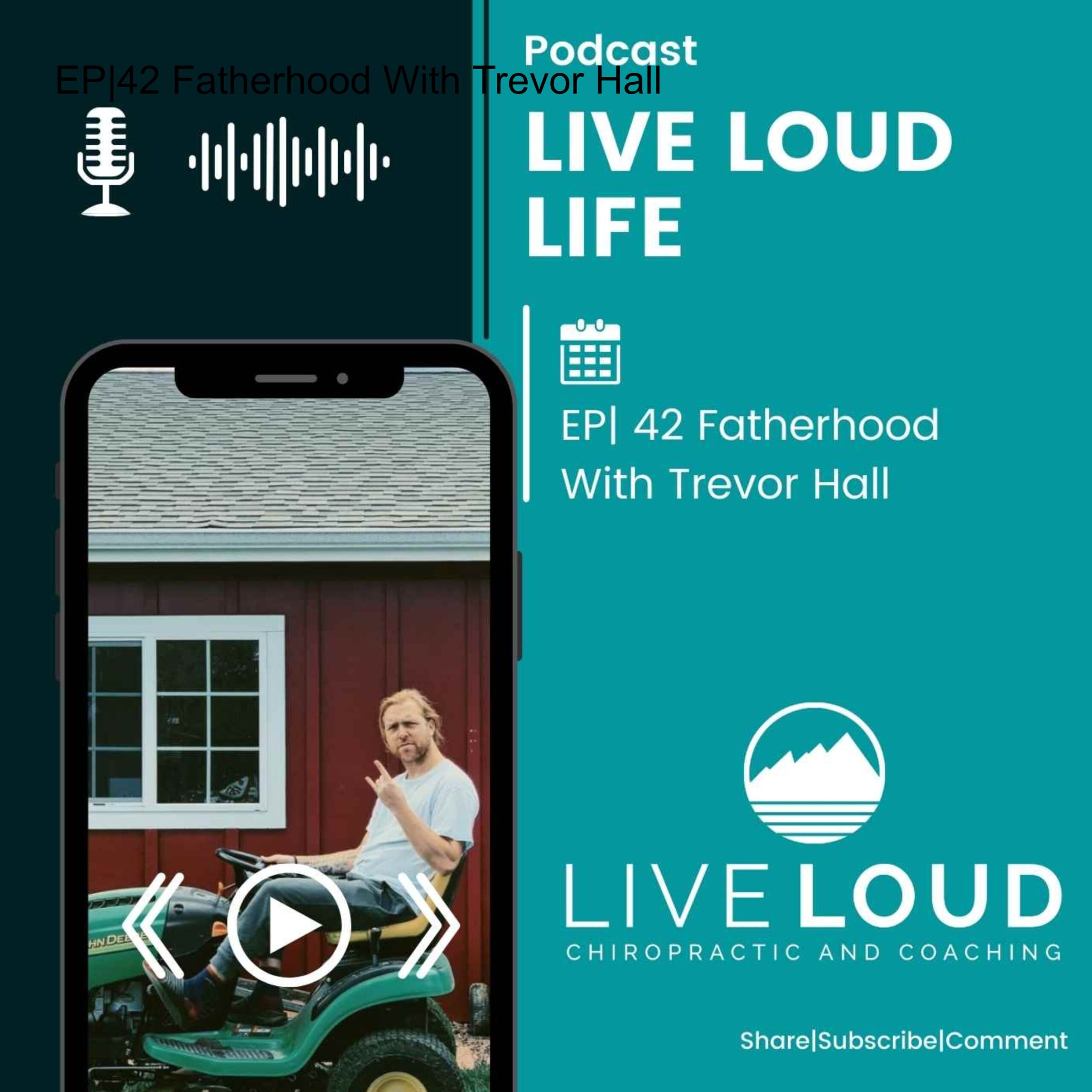Podcast EP|18 Nutrition Building Blocks Broken Down
Live LOUD Life Podcast
Episode 18
Nutrition Building Blocks Broken Down
Guest & Host: Dr. Antonio Gurule DC
Hey friends,
Connect With Antonio and the Live LOUD team:
Subscribe to my YouTube channel here: https://www.youtube.com/c/LiveLoud
Visit the website: http://www.lifeloudlife.com
Like the Facebook page: https://www.facebook.com/liveloudchiropractic/
Follow on Instagram: https://www.instagram.com/live.loud.life/
Guiding your to the adventurous life you were made for!
If you dig this give it a like ❤️, if you’re loving it let me hear you with a comment 🗣👂, and if you know it will help someone or anyone out please share 👥📲
About Dr. Antonio

Background:
-
Personal Trainer
-
Chiropractor
-
Founder of Live LOUD
Check Out Some of Our Other Blog Posts and Podcast Episodes
When & How To Return To Running Postpartum
When & How to Start Running Postpartum
How long after birth can you start running?
What is your postpartum running plan?
What postpartum exercises can you start doing?
We have a problem in our society of women just going off and doing everything right away. They’re cleared at six weeks by their provider, whether it’s an OB or midwife that says, “everything looks healed, you can return to fitness and return to sex.” But as a women’s health therapist, I typically like women to wait 8 to 12 weeks if they have a plan. Just because you hit 8, 9,10,11,12 weeks, it doesn’t mean that you just go off for a three mile run.
The plan is: Have you worked on activating your deep core? Have you worked on pelvic stability? Core stability? Balance? If you have a plan, then starting to run 8 to 12 weeks will be a really great spot for you.
I’m Dr. Nichelle Gurule with Live Loud Chiropractic and coaching in Lafayette, Colorado. I specialize in prenatal, postpartum, and pediatric chiropractic care, along with prenatal and postpartum fitness and rehab. I’m one of many women’s health therapists in the Boulder County region, and while many are chiropractors, like myself, who have an emphasis in rehab, some are pelvic floor physical therapists as well. We all agree that women should wait a little bit longer before they begin to run again. Eight to 12 weeks is a much safer timeline than 6 weeks because we really want to make sure that the body is prepared for such a challenging sport.
PLAY VIDEO
Lots of Healing Is Done Within 6 Weeks, BUT…
Women are too often given the green light, when they really should be given the yellow light. Although a lot of healing has happened by 6 weeks, there’s still a lot more healing to do. In general, the pelvic floor and core needs more strength and endurance—it’s gone through a lot over the course of pregnancy. And a lot over the course of birth—whether it was a belly birth or vaginal birth. Women should be advised to still take it easy for a little bit longer, then gradually and progressively return to running.
The American College of Obstetrics and Gynecology (ACOG) agrees that we need a new paradigm for postpartum care. The first step is agreeance, but now it needs to be implemented. We want more appointments beyond the 6 weeks for check-ins. We want better referrals to women’s health therapists who are going to work on the core, help women return to fitness, and help with any other movements they want to do postpartum.
Running is a tough one, because runners often want to get back to it as soon as they’re able to. It’s very high impact, which means it’s going to put a lot of impact on that pelvic floor and the core in general. It requires a lot of pelvic stability, because it’s technically a single stance. So we need to work on single stance work. It requires a lot of core stability, balance, and endurance of all the core muscles. We want to have optimal posture. If we’re rounded over from feeding and holding our baby and have a curve of our back, it’s going to be difficult to breathe deeply. We want mobility and good posture for our mid back, so we can take a deep breath and get that oxygen so we’re not having cramps or other issues that result from not having good posture while we’re running.
Why Wait Until 8 to 12 Weeks to Run Again?
Why do we need to wait that long? Partially because this is a better healing timeline. You’ve healed so much more when you add another 2 to 6 weeks onto that 6 week clearance. It allows that initial fatigue of early motherhood to lessen—you’re likely a little bit more energized if you wait a little longer. The bleeding should be gone at this point after birth, and the hormones are starting to regulate a little bit more. It also gives you more time to build up that core and pelvic strength, as well as the muscle endurance of the pelvic floor.
What Symptoms Do We Want to Avoid When Starting to Run Again?
- Pressure/bulge/dragging in the vagina prior to or during commencement of running.
- Urinary and/or faecal incontinence prior to or during commencement of running.
- Ongoing or onset of vaginal bleeding, not related to menstrual cycle, during or after attempted low impact or high impact exercise (refer back to care provider).
- Musculoskeletal (MSK) pain e.g. pelvic pain prior to or during commencement of running.
Where Do We Start?
If you’re wanting to run postpartum, I highly recommend finding a women’s health therapist like myself, or a pelvic floor PT, to walk you through the steps so that you can be assessed the right way. There are specific running guidelines outlined in the Return to Running Guidelines:
In order to successfully complete this assessment, the postnatal mother needs to achieve the following without pain, heaviness, dragging or incontinence:
- Walking 30 minutes
- Single leg balance 10 seconds
- Single leg squat 10 repetitions each side
- Jog on the spot 1 minute
- Forward bounds 10 repetitions
- Hop in place 10 repetitions each leg
- Single leg running man
Strength Testing:
In order to ensure key muscle groups are prepared for running, each of the following movements should be performed with the number of repetitions counted to fatigue. Aim for 20 repetitions of each test.
- Single leg calf raise
- Single leg bridge
- Single leg sit to stand
- Side lying abduction
Those are just a few examples of some strength training and some challenges to that pelvic floor to see if you’re ready to start running. Because the body goes through a lot during pregnancy and has so many transitions, a lot happens to the core during birth.
What Do We Work On?
1. Breath
Your breathing will change substantially because the diaphragm gets locked up by the baby is taking up that space. And that diaphragm is fatigued after birth because it’s been worked so much that all the deep breathing that happens during birth. So we want to get that breath pattern back. A nice deep breath, a nice rib cage breath to make sure that you’re getting good oxygen is running.
2. Posture
3. Balance
Can you balance for 10 seconds? How about with your eyes closed? I like adding in the single-leg arc to see how your balance is with this movement. Is your pelvis up really high, or are your feet wobbling a lot, is your knee dipping in, are your toes gripping the ground? We want this balance movement to be nice and easy. And if it’s not, that’s okay, we’re going to work towards it.
4. Core Muscles
We want to be able to connect to our deep core. Can you easily tell your body to turn on your transverse abdominis—the deepest abdominal wall layer. Can you tell your body to activate the pelvic floor? What’s the endurance of that pelvic floor? Can you do 10 quick reps? Can you do 10 reps in a row of 6 to 8 second holds? Can you hold for 60 seconds at a minimal contraction of a 30 50% contraction? We want to rebuild that connection because the core is really paramount to running.
5. Mobility
We want to make sure that that the mid-back and hips are mobile. Try doing cat-cow exercises on the ground.
6. Stability
We really want to work on pelvic stability and strength because it plays a big huge in running. In order to have good stability, we want to strengthen the pelvis. You can take a band and work on lateral walks and squats. Try glute bridges, deadlifts—the list goes on.
7. Impact
There’s a lot of different things you can do to add impact to start preparing that pelvic floor for running, which is impact with every step. Consider trying lateral jumps so the pelvic floor gets used to it. You can start playing around with a few jumps on one leg, or go to a stair and jump off.
Conclusion
Check in with yourself: You got your breath down, you got your posture down, your balance is great, you reconnected to your core, you feel great with core stability, pelvic stability, and impact. Now it’s time to see what’s up for the run. To start, you shouldn’t just go out on a 3 mile run. Ideally, you’ll go out on a run for two minutes, walk for five, run for two, walk for five, etc. Then see, do you have any leaking? Do you have any heaviness or dragging? Any pain? Always check in with those symptoms.
To finalize the return to running postpartum, here are a final few tips: if you’re breastfeeding or producing milk, make sure that you pump before or feed your baby before. Also be sure to find a good bra that will support the new breasts that you have.
So how long after birth until you can run? The best answer is roughly 8 to 12 weeks if you have a good plan, and pay attention to the way you feel.
Keep up the great work and Live LOUD!
Podcast EP|17 Simple But Not Easy With Matt Berenc
Live LOUD Life Podcast
Episode 17
Simple But Not Easy
Guest: Matt Berenc
Check Out Some of Our Other Blog Posts and Podcast Episodes
Podcast EP|16 Healthy or Not Healthy With Sam Pogue
Live LOUD Life Podcast
Episode 16
Healthy or Not Healthy With Sam Pogue
Guest: Sam Pogue
- Fail Fast | Learn Slow
- Perspective comes at a cost
- Time
- Energy
- Money
- Pain
- Atomic Habits – James Clear
- Healthy or Not Healthy Choices
- Are you getting better?
- This should be the main focus of all of our endeavors
- Simplicity is the key to health and fitness
- Body Mapping
- Spend time understanding how your body feels and where it is in space
- Challenge – 5 min of body mapping a day
Check Out Some of Our Other Blog Posts and Podcast Episodes
Podcast EP|15 What Doctors Are Not Telling You About Your Chronic Pain
Live LOUD Life Podcast
Episode 15
What Doctors Are Not Telling You About Your Chronic Pain.
Guest & Host: Dr. Antonio Gurule DC
Connect With Antonio and the Live LOUD team:
Subscribe to my YouTube channel here: https://www.youtube.com/c/LiveLoud
Visit the website: http://www.lifeloudlife.com
Like the Facebook page: https://www.facebook.com/liveloudchiropractic/
Follow on Instagram: https://www.instagram.com/live.loud.life/
Guiding your to the adventurous life you were made for!
If you dig this give it a like ❤️, if you’re loving it let me hear you with a comment 🗣👂, and if you know it will help someone or anyone out please share 👥📲
Move Well
Antonio
About Dr. Antonio

Background:
-
Personal Trainer
-
Chiropractor
-
Founder of Live LOUD
Check Out Some of Our Other Blog Posts and Podcast Episodes
Podcast EP|13 & 14 Living With Intention with Ryan DeBell
Live LOUD Life Podcast
Episode 13 & 14
Living With Intention
Guest: Ryan DeBell
- Cardiovascular system and musculoskeletal system go hand and hand (think VO2 MAX)
- Using COVID as a reset (recovery mesocyclone)
- Walking and running for general health and weight loss
- Your physical health is one of your greatest assets
- Compounding habits for long term health
- Walking is the easiest way to burn more calories
- Know when it is time to take care of your body
- Recovery and rest can lead to PRs
- The more you listen to your body the better you are at listening to your body
- The only thing you have absolute control over is your own thoughts
- Think and Grow Rich-Napoleon a Hill
- The War on Art– Steven Pressfield
- Educating on best practices for how the body works and operates
- Does the butt wink matter and what is the optimal stance
- What is the goal with squatting?
- Shoulder impingement is just like shoulder impingement
- Butt winking helps prevent hip impingement
- Loading end ranges of joints really heavy does not seem to be advantageous
- Keep as much anatomical range of motion pain free
- Most movement are not full ranges of motion
- What is functional training?
About Ryan DeBell

Check Out Some of Our Other Blog Posts and Podcast Episodes
Podcast EP|12 Putting the Cart Before the Horse
Live LOUD Life Podcast
Episode 12
Putting The Cart Before The Horse.
Guest & Host: Dr. Antonio Gurule DC
Hey friends,
Connect With Antonio and the Live LOUD team:
Subscribe to my YouTube channel here: https://www.youtube.com/c/LiveLoud
Visit the website: http://www.lifeloudlife.com
Like the Facebook page: https://www.facebook.com/liveloudchiropractic/
Follow on Instagram: https://www.instagram.com/live.loud.life/
Guiding your to the adventurous life you were made for!
.
If you dig this give it a like ❤️, if you’re loving it let me hear you with a comment 🗣👂, and if you know it will help someone or anyone out please share 👥📲
About Dr. Antonio
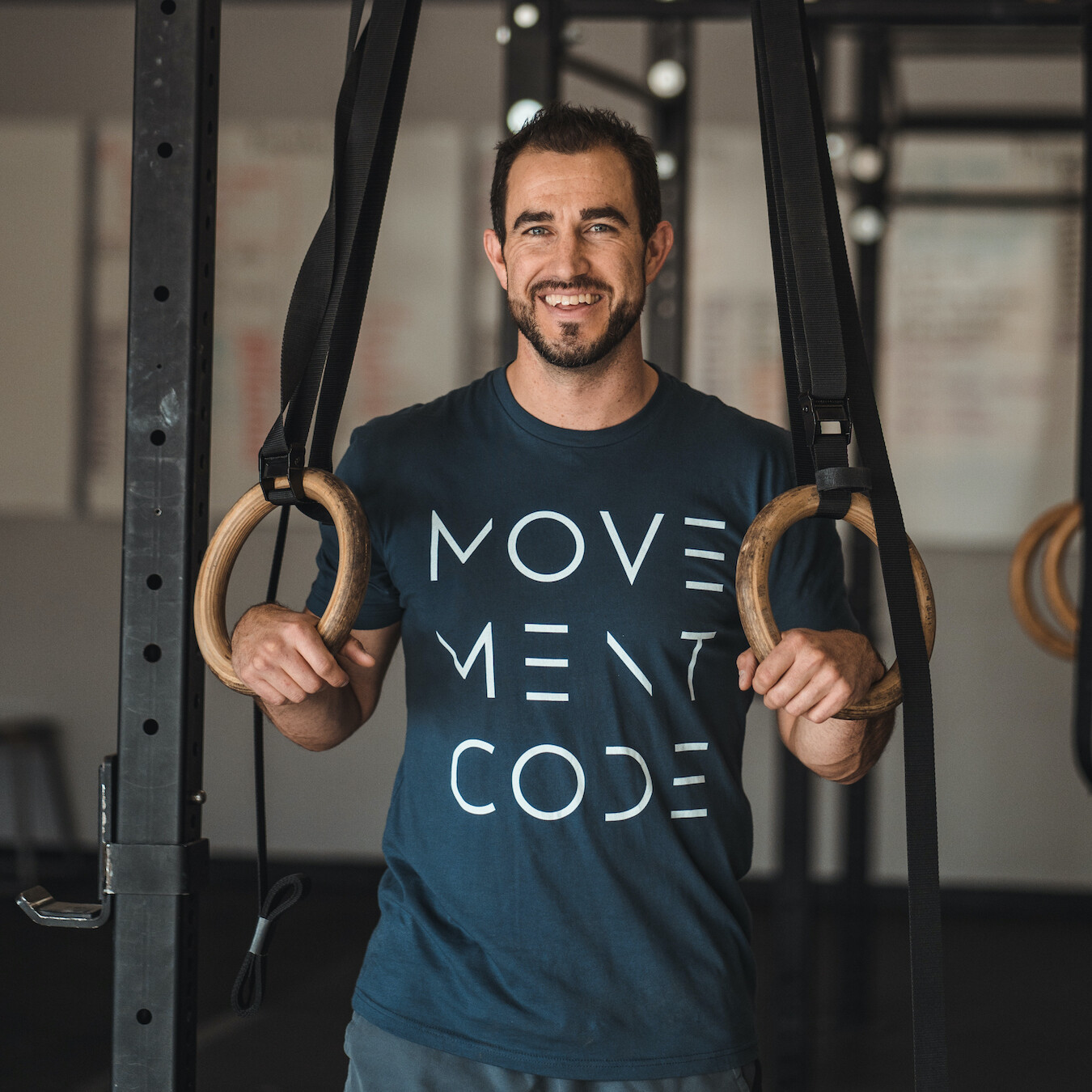
Background:
-
Personal Trainer
-
Chiropractor
-
Founder of Live LOUD
Check Out Some of Our Other Blog Posts and Podcast Episodes
Podcast EP|11 Living Your Best Life Through Functional Medicine With Dr. Ginger Wolfe DC
Live LOUD Life Podcast
Episode 11
Living Your Best Life Through Functional Medicine
Guest: Dr. Ginger Wolfe DC
Connect With Dr. Wolfe
Show Notes
- Full spectrum integration internal medicine
- Sometime you need to bring in mainstream medicine and co-manage
- You deserve to know why your provider is recommending an intervention
- Getting to the root cause typically involves a little more
- Supplements
- Pharmaceutical grade supplements will be more bioavailable
- You get what you pay for more often than not
- Why just looking at normal ranges might not be enough for you
- Optimal ranges and certain markers which are often not looked out with you basic tests might be the key to helping you the most
- If you are otherwise healthy and have not had any tests done in a while it would be good to be a full comprehensive blood panel and stool test done
- Increased levels of toxins we are seeing a rise in more chronic conditions such as autoimmune, food sensitivity, and thyroid issues
- Diet might need to be tailored to your specific needs
- Overall more veggies and lean meat is best
- Healthy fats
- Some common deficiencies we are seeing are: Magnesium, Methyl B Vitamins, Vit D
- Dr. Wolfe’s Supplement list
- Glutathione
- Mitochondrial supplement
- Methyl B Vitamins
- Omega
- Vit D (when needed)
About Dr. Wolfe

Background:
-
Owner of Wolfe Chiropractic & Functional Medicine
-
Chiropractor
Check Out Some of Our Other Blog Posts and Podcast Episodes
Podcast Episode EP|10 Top 10 Tips For Low Back Pain
Live LOUD Life Podcast
Episode 10
Top 10 Tips For Low Back Pain
Guest & Host: Dr. Antonio Gurule DC
Show Notes
- It takes time
- Now is not the time to make gains
- STOP picking at it
- Hurt does not equal harm
- You are not your Xray or MRI
- Application is Key
- Mindset
- Graded Exposure
- You do not need a structural diagnosis
- Trust your support team
These are true for any injury or pain cycle in the body
These can also apply to your life!
About Dr. Antonio

Background:
-
Personal Trainer
-
Chiropractor
-
Founder of Live LOUD
Check Out Some of Our Other Blog Posts and Podcast Episodes
Fatherhood With Trevor Hall EP|42
Parenting,Health & Wellness,Podcast
February 2, 2022
0 Comments29 Minutes
EP|9 Breath : Your Essential Health With Dr. Kevin Kirsch DPT
Live LOUD Life Podcast
Episode 9
Breath Your Essential Health
Guest: Dr. Kevin kirsch DPT
- When you feel the urge to breath it is due to CO2 build up of oxygen
- CO2 tolerance is what needs to be controlled and expanded to hold your breath longer
- Fitness also plays a role of tolerance
- There is oxygen in our blood and we are not deficient but rather we are noxious to the waste product of CO2
- Most of us are over breathing
- Because you cannot take breaths you tend to take more shallow breaths
- Under developed airways change how much oxygen we can take in
- Allergens and other toxins influence our breathing and force us to breath through our mouths more
- We should only
Jaws: The Story of a Hidden Epidemic
- Why nasal breath over mouth breathing?
- Nasal breathing is your first line of your immune system acting as a filter
- Nitric Oxide receptors to expand blood vessel and decrease blood pressure, this helps circulate oxygen more appropriately
- Diaphragm moves more breathing through your nose
- Burn more fat breathing through your nose
- Using more oxygen from the onset allows you to go and train for longer periods of time
- Do you fastest pace with just nose breathing
- Big ego hit for many of us
- 4-5 slower nasal only breathing training session for every 1 day of all out mouth breathing
- What are you training to get out of the event in controlling your Heart Rate
- Training stimulus or competition
- Training:
- Ramp down to control your breathing
- Add pauses after inhales and exhales
- Competition super ventilation
- Inhale and exhale repeatedly fast to buffer fatigue
- Not as good for training stimulus
- Not adapting to the stress you are puting on your body
- Challenge:
- Breath only through your nose for every minute except for talking or eating
- Take not of how you feel doing this
- Try to stifle yawning and sighs
- This includes some exercise, you will have to slow down


